Let’s find out together, in our long-winded review, if Triangle Strategy turned out to be exactly what we hoped for: a new chapter in the history of S-JRPG
Ah, the turn-based strategists. The good times of Final Fantasy Tactics or Tactics Ogre seem (and are, damn it!) So far away that they seem like a mere watered-down memory from too many years gone by. Cross and delight of those fans passionate about numbers, statistics and, precisely, pure and simple strategy. Of course, Fire Emblem and Disgaea came to our aid, but there is no doubt how much titles like those mentioned at the beginning still turn out to be today. at the top of the genre. Many have taken over the classic turn-based JRPGs and have brought out indisputable pearls, such as the recent Bravely Default II or, a few years ago, the much appreciated Octopath Traveler. The strategists, however, remained on one side. Until Square Enix and Nintendo presented the “Project” Triangle Strategy.
Abandoned the “Project” and left only “Triangle Strategy”, the title developed by ArtDink and distributed by Square Enix and Nintendo, has recently arrived exclusively on the Nintendo Switch after not one, but two preview demos that had already highlighted the invaluable for lovers of the genre. After spending nearly forty hours in the Nortelia lands, we sat down at our usual desk and dug into our ideas to try to explain, in this review, how important Triangle Strategy actually is. Let’s try.
A Lord’s Duty
Nortelia. A vast continent, mainly inhospitable, but which has been able to proliferate creating three distinct nations: the kingdom of Glenbrook, the hub of trade for the entire continent, the sacred Empire of Sabulos, born in hostile lands, but which has been able to create its own wealth because the only producer of salt, and the Grand Duchy of Aesglast, located in the northern lands and owner of almost all the iron deposits. A delicate balance, the one that holds peace in Norteliaand which in the past had already broken due to incurable friction leading to a conflict, the War of Salt and Iron, which produced an incalculable number of victims, as well as insatiable poverty, throughout the continent.
Simon Wolfhort also intervened to mediate for the peace, subsequently stipulated between the three rulers, whose family was subsequently elevated to protector and vassal of Glenbrook. Son of him, Serenoa Wolfhortis the protagonist of the events narrated in Triangle Strategy, which actually begin in the best (or worst, depending on the point of view) of ways: a wedding. Lady Frederica Aesglasthalf-sister of the Duke of Aesglast, was in fact betrothed to Serenoa, with the aim of fortifying the link between the kingdom of Glenbrook and the grand duchy. Not only that: the Wolfhort scion is also a childhood friend of Roland Glenbrooksecond-born prince, as well as a great daredevil.
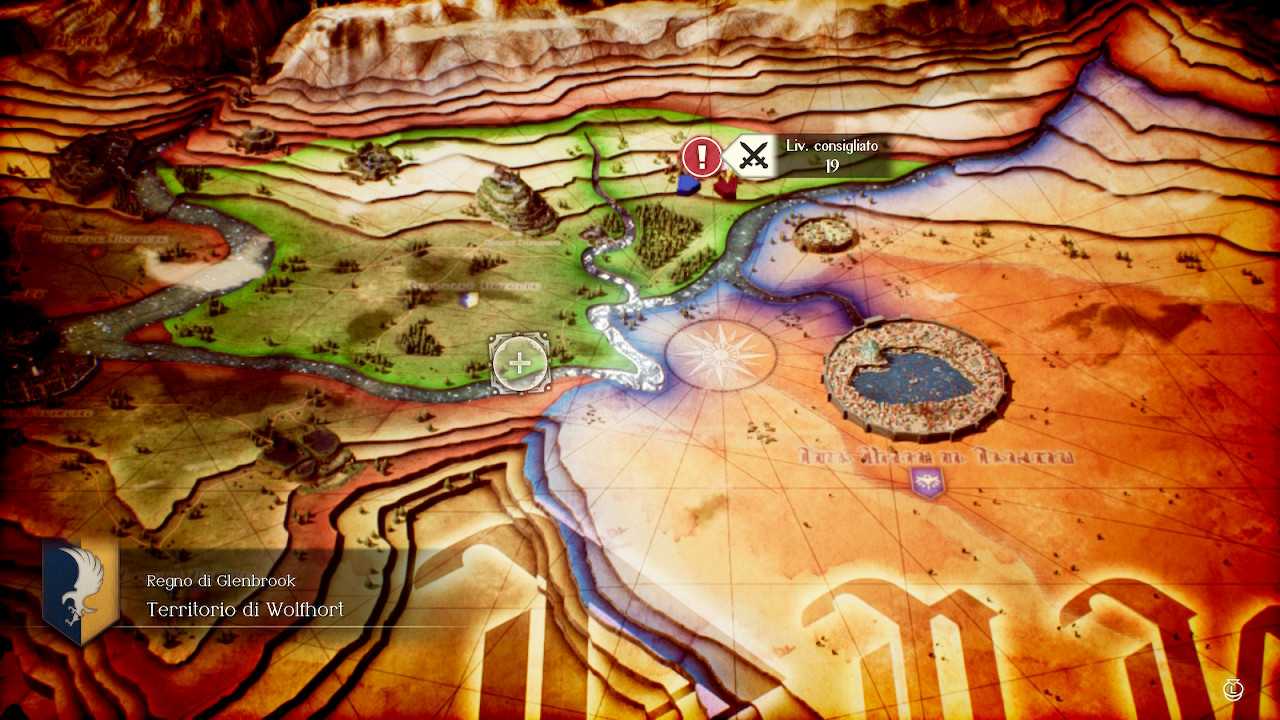
The Dawn of War | Review Triangle Strategy
This situation, which although delicate and always in the balance is still one of peace and prosperity for the three kingdoms, is inexorably destroyed by the probably inexplicable gesture of Gustadolv, monarch of Aesglast, who invades the kingdom of Glenbrook and besieges it, taking command of it. We will say no more, regarding the narrative, as the main focus of the whole Triangle Strategy experience. Overall, the script seemed rather intriguing and certainly not without its twists, although some sections are conspicuously watered down to make the first run of the game a little longer and reach, roughly, 25 hours.
We also enjoyed the deep characterization that was given to Serenoa, Roland, Frederica and all the supporting actors closest to the Wolfhort family, made in a certain way unique and unforgettable from all points of view. We will be able to get to know them better in various secondary sections that will be made available gradually by the game as they participate in the battles, partially discovering their past and the reasons that push them to fight and continue to be faithful to the family. A treatment that, unfortunately, it was not reserved in equal measure to the antagonists and, with some exceptions, secondary and non-Wolfhort pawns. Among these we regret to insert Gustadolv and Avlora, who, due to the little screen time they will have available, will be decidedly more flat and less interesting, despite the interesting premises.
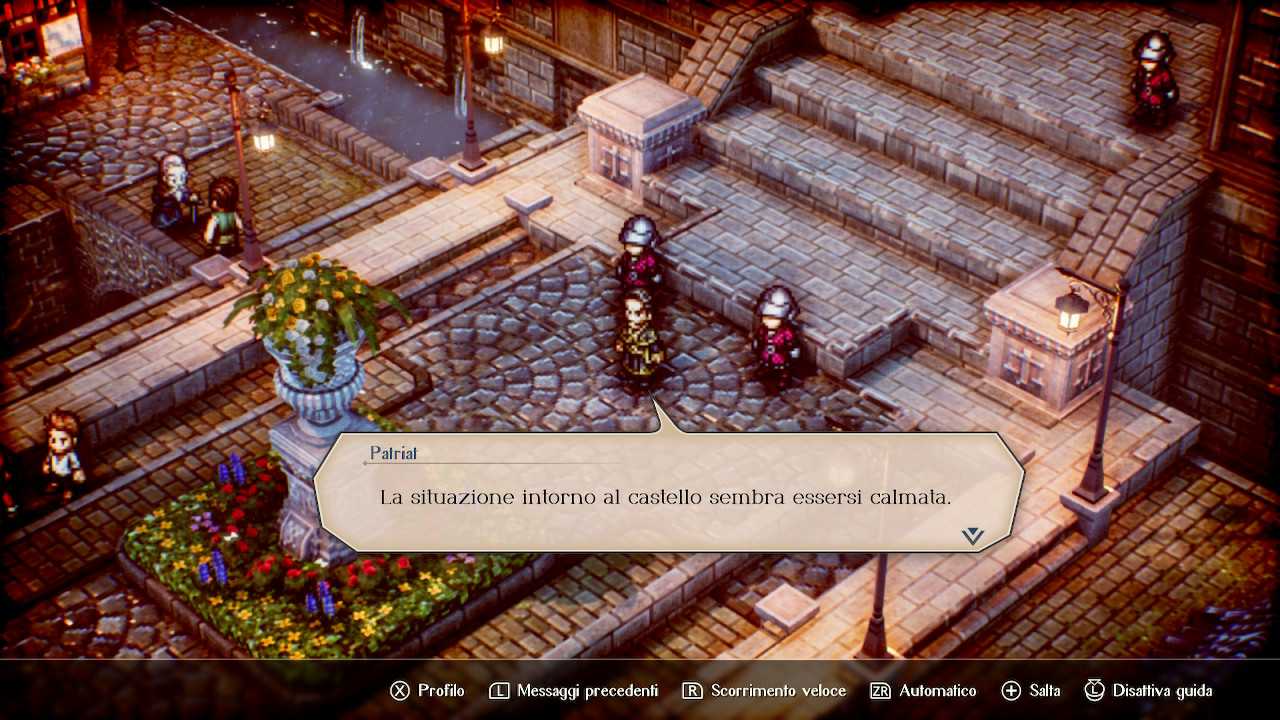
He Who is Lord | Review Triangle Strategy
Overall, the narrative interweaving and the relationship between the characters of Triangle Strategy refer in a rather direct way to that adopted in Game of Thrones, also tracing its more than interesting intention to be a mature, dark and bloody work. A work that aims to underline the senselessness of war and the emptiness it generates, the cruelty of racial separation, the emptiness of the intentions of the powerful and the strength of family ties. The crudeness of some scenes is underlined even more by the long list of choices that we will be required to make as Serenoa, some of which will profoundly influence the continuation of the narrative and which will allow you, for example, to visit one place rather than another.
There are three values that will influence the relationship between Serenoa and the cast members: morality, pragmatism and freedom. Each will get points based on the dialogue choices that we will entrust to Serenoa’s voice and will have a decisive role in our ability to influence the opinion of our friends and supporting actors. At different points of the adventure, in fact, the famous Solver Libra will enter the scene, with which the Prince of the Wolfhort will ask seven faithful allies, each with a Solving Coin, to help him in a difficult decision. Obviously, as good Lords we will be able to influence their choices by using the information collected during the various stages of exploration, trying to lead them in the direction we have chosen.
Since the votes are only seven, and assuming that we will basically have three in favor, three against and one undecided, you will understand well that even just one more vote will make the difference and decide the fate of the party. What we found ourselves in front of in Triangle Strategy is certainly not a perfect narrative, but which has been able to enter our hearts and settle just enough to make it immortal.
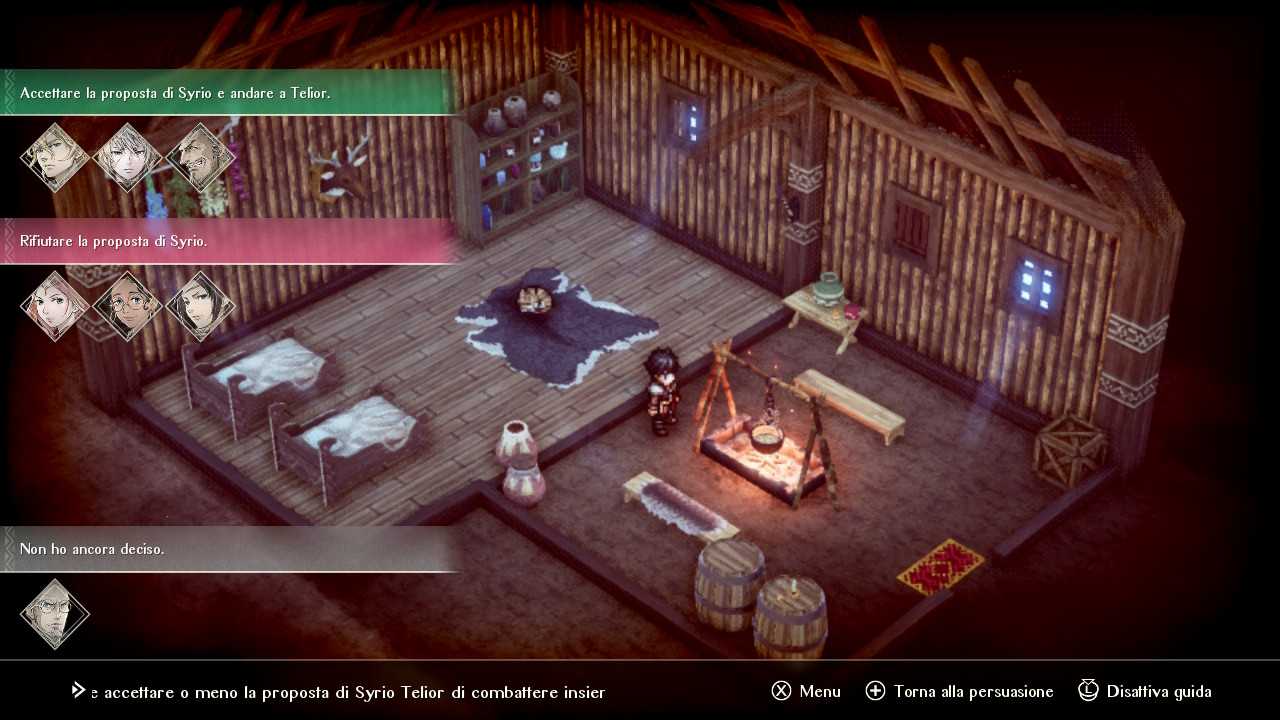
Deep Within the Ground | Review Triangle Strategy
Leaving aside the Resolving Libra, the core gameplay of Triangle Strategy is divided into two distinct phases, in addition to those inherent in the dialogues that will advance the plot: exploration and combat. In the first, we will simply impersonate Serenoa in research phases limited to small maps, in which we will be able to find useful items for battles, writings and documents that expand the lore and game world, and interesting information that will create more future dialogue options. Interludes that are certainly pleasant and that have allowed us to get to know the moldable yes better, but in any case well-characterized protagonist and her supporting actors, giving them a voice in completely different contexts and situations.
Obviously, needless to say, the beating heart of Triangle Strategy is its fights. The formula behind it is that of the great masterpieces of the past, including the aforementioned Final Fantasy Tactics, although it has been reworked and, from many points of view, overly simplified. Each battle will open, as usual for turn-based strategists, with the ability to independently position the pawns on the given spaces of the virtual chessboard that makes up the map. Positioning is fundamental in Triangle Strategy even more than in other productions, especially considering that practically all advanced maps will have points of variable height and that will often determine the fate of the clashes.
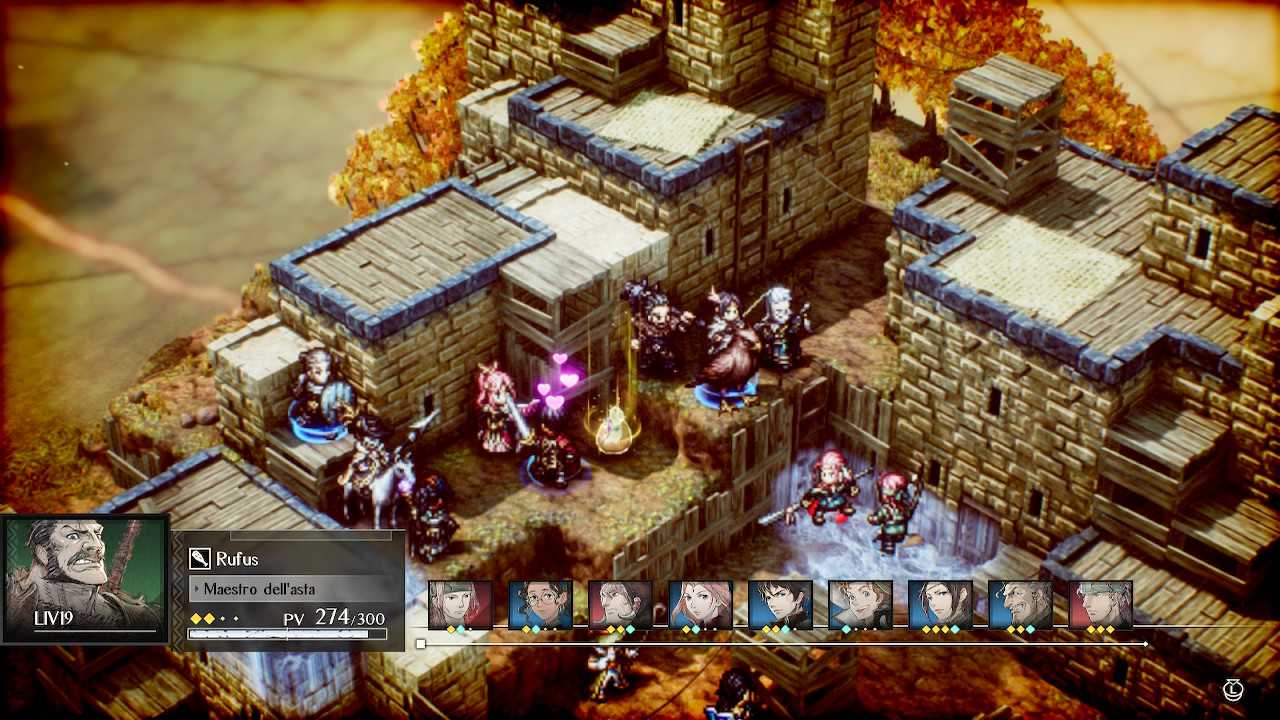
Merriment | Review Triangle Strategy
If on the one hand, in fact, shooting an arrow or hitting an enemy from an elevated position with a white weapon will guarantee a greater amount of damage, as well as surprising an enemy from behind or encircling him with two allied pawns and hitting him from both sides, the same strategies can be implemented by the opponent to decimate our pawns. Positioning allies correctly both at the beginning of the fight and during the same often means determining their fatealso considering that often the playing pieces are very many and therefore several turns will pass before being able to regain control of the Serenoa in turn.
Triangle Strategy’s general challenge rate keeps attention high throughout the duration of the title, never ending up in banal clashes and rarely allowing forgivable errors to the player. Continuing in the game, however, we noticed a factor that made us turn up our noses, perhaps the only real flaw we found in the title of ArtDink. Leaving aside the tactics we talked about above, typical of the genre, and the possibility of using elemental attacks that also affect the ground, albeit with often negligible effects (the burning boxes cause damage, the frozen ones decrease the movements and so on), the core gameplay of Triangle Strategy is reduced to very few possibilities of actual “strategy”. Often, it will be really exclusively the positioning of the units in progress, combined with the spasmodic use of healing spells and similar objects.
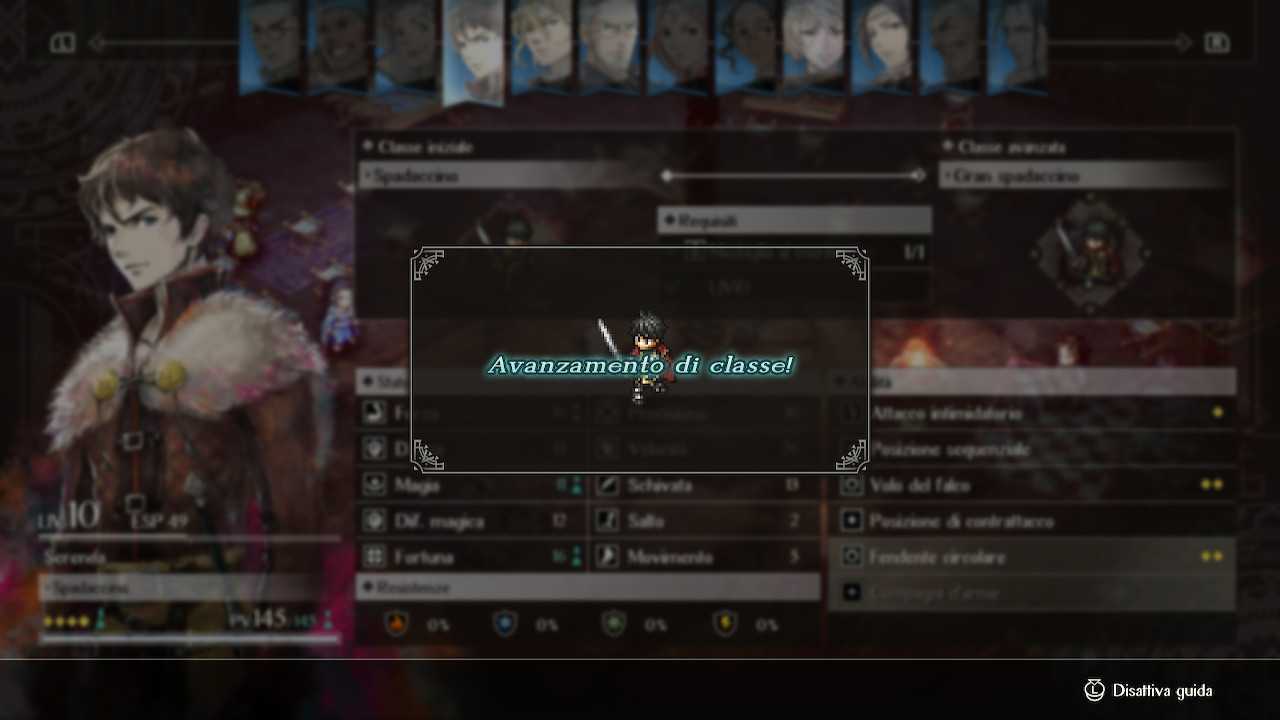
No Matter the Cost | Review Triangle Strategy
We admit, however, ultimately, that despite the excessive “linearity”, the gameplay of Triangle Strategy it has never proved unfair, rather. The ability to carry out “virtual” battles in the Camp, our game hub where you can buy items, upgrade weapons and characters, has eliminated the fear of being downgraded and has also added a nice level of challenge, especially in the advanced stages . The important thing will, of course, be building a party worthy of the name and knowing how to modify it to perfection for each fight, making the most of the unique abilities of each pawn. For example, we will have Anna who can attack twice in one turn, Benedict devoted to strengthening and defending allies, Jens who can build ladders and traps and so on.
Since we have mentioned it, a few words about the possibilities offered inCamp. In addition to the aforementioned virtual battles, which will be unlocked with the progress of the main story chapters and will be accessible at the inn, in this fascinating Hub we will be able to upgrade the weapons of our characters (which will not be exchangeable, but only upgradeable) from the blacksmith, using money and the rare raw materials that we can find both from merchants (one is also available in the camp) albeit in limited quantities, both by exploring the maps, and by winning fights. The scarcity of materials makes the upgrading of the weapons of the characters slow, but no less satisfying and rewarding ….







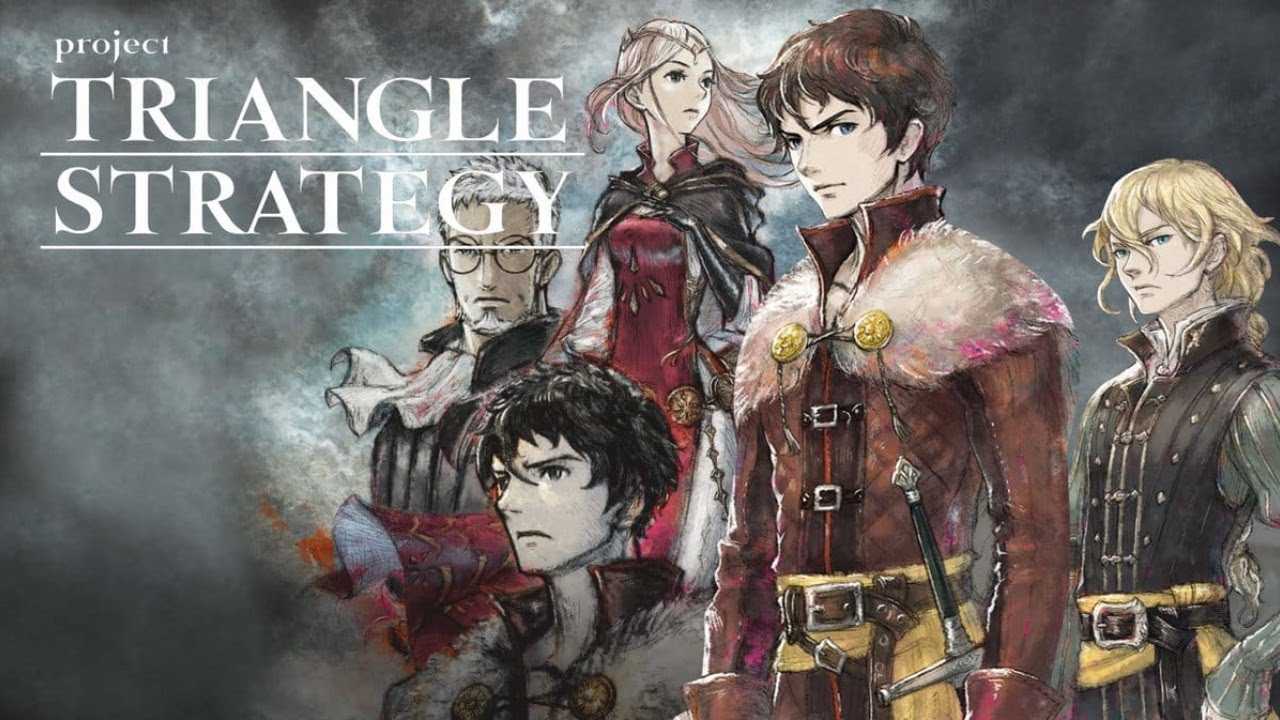




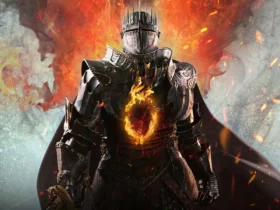

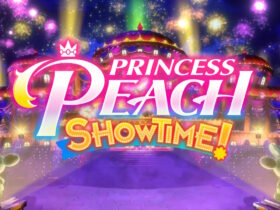
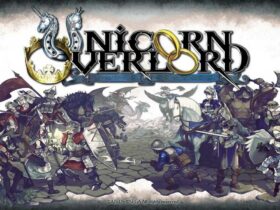
Leave a Reply
View Comments